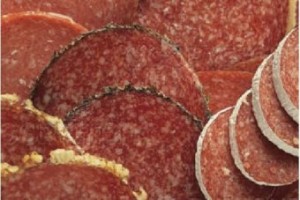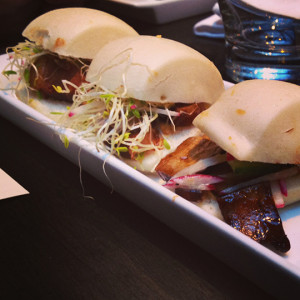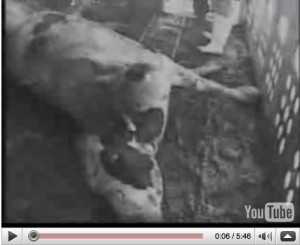Australia has more than an egg problem – it has a microbial food safety problem.
And the public availability of food safety information is embarrassingly sparse, creating a culture of indifference.
As the number sickened by Salmonella linked to raw-egg based dishes at Torquay’s Bottle of Milk restaurant climbed to 220, OzFoodNet, the national foodborne disease monitoring  network, reports the number of Australians struck down by food poisoning has leapt almost 80 per cent in a decade and the number of outbreaks linked to restaurants has more than doubled.
network, reports the number of Australians struck down by food poisoning has leapt almost 80 per cent in a decade and the number of outbreaks linked to restaurants has more than doubled.
In the decade to 2011, the number of Australians affected by foodborne gastroenteritis increased 79 per cent. In 2011, 150 outbreaks affected 2,241 people compared with 86 affecting 1,768 people in 2001. The rate of hospitalization has trebled since 2001.
The figures capture only a fraction of infections since most victims don’t go to a doctor, experts say. A 2002 estimate of people affected by food poisoning put the number at 5.4 million cases of gastro and 120 deaths a year at a cost of $1.25 billion.
Martyn Kirk, a senior lecturer in epidemiology at the Australian National University and former OzFoodNet senior epidemiologist, warns that any foods prepared without the bacterial ”kill step” of cooking increase the risk of bacteria spreading, and that Salmonella is linked to multiple food sources.
”It’s definitely not always the chicken … We’ve had outbreaks of salmonella linked to rockmelon, papaya, cucumbers – and we know that’s just the tip of the iceberg,” he says.
Raw or minimally cooked eggs are the single largest cause of foodborne illness in Australia. But fresh produce has been increasingly implicated in outbreaks as health-conscious  consumers favour salads, raw vegetables and minimally processed foods with lower salt and fat contents.
consumers favour salads, raw vegetables and minimally processed foods with lower salt and fat contents.
In the Bottle of Milk outbreak, suspect eggs were traced back to the Green Eggs farm in Great Western. Sales have been restricted until food safety is improved.
In recent days a handful of salmonella cases have also emerged among diners at St Kilda’s Newmarket Hotel, which had also sourced eggs from the Green Eggs farm.
Victorian chief health officer Rosemary Lester said other salmonella cases not linked to the two restaurants had also emerged and were being investigated.
Late last year, Piccalilli Catering was identified as the Brisbane catering company at the centre of another salmonella outbreak, which contributed to the death of one elderly lady and 220 others falling ill.
“We are deeply upset and distressed by this outcome. We always pride ourselves on sourcing the freshest Australian ingredients for our kitchens. We feel very disappointed  and let down that the normally reliable fresh food supply chain has failed us – and our clients – on this occasion,” Piccalilli Catering co-owner, Helen Grace, said at the time.
and let down that the normally reliable fresh food supply chain has failed us – and our clients – on this occasion,” Piccalilli Catering co-owner, Helen Grace, said at the time.
Until someone develops Salmonella-spotting goggles, Australian food service needs to use pasteurized eggs in homemade mayonnaise and aioli, or commercial sources. Having this conversation with an Australian restaurant chef is like walking into 1978.










